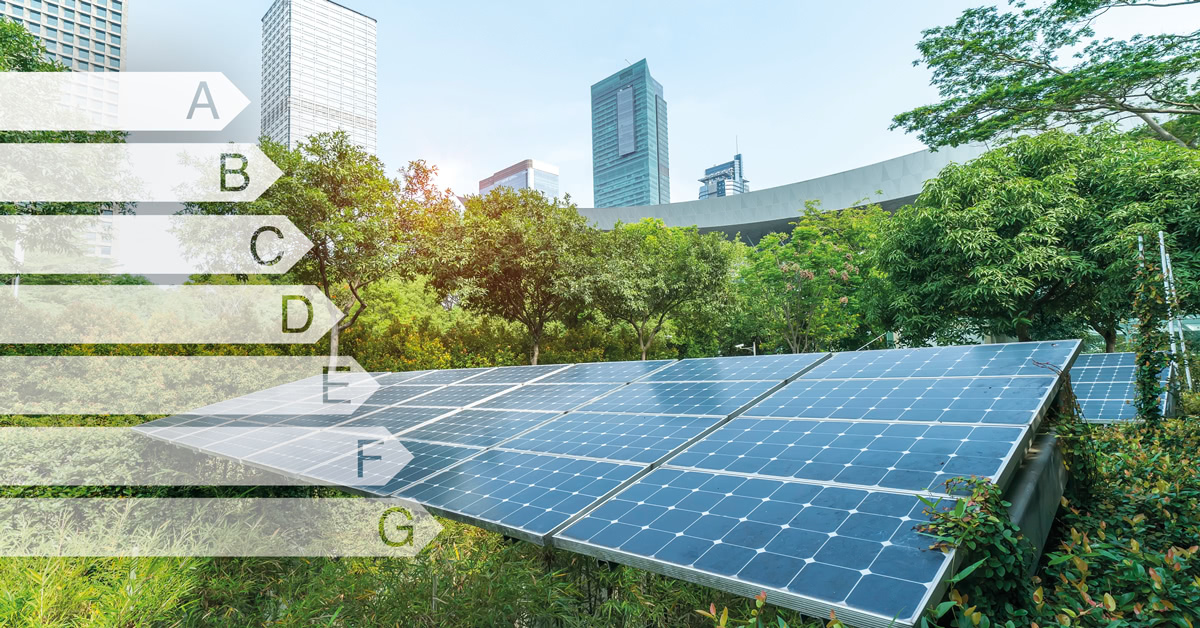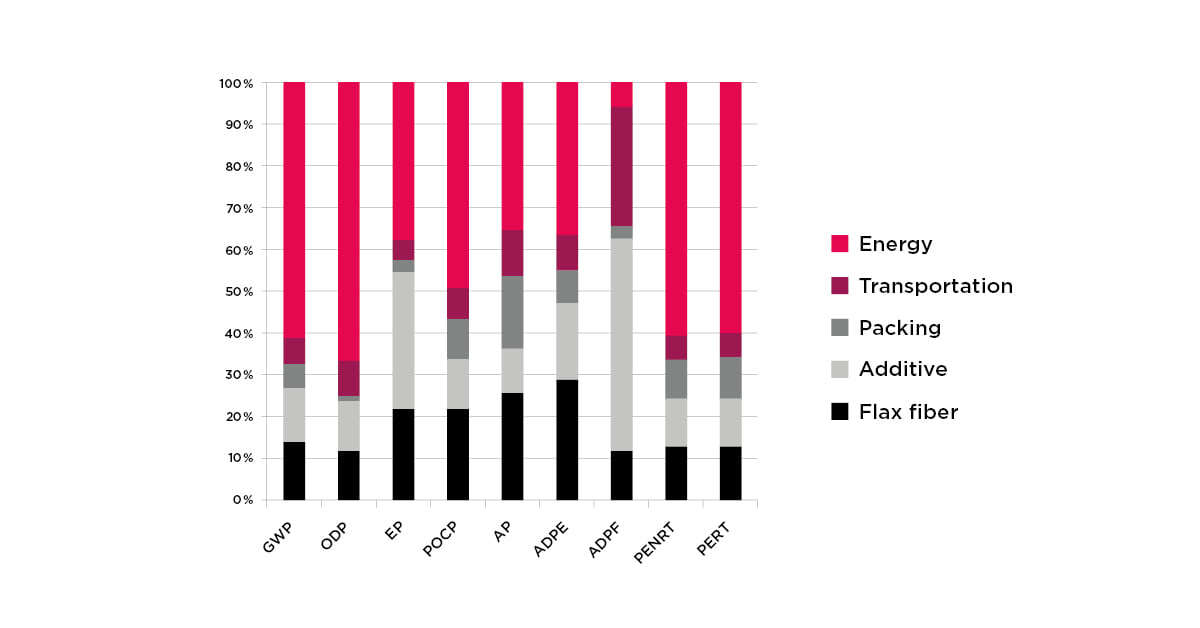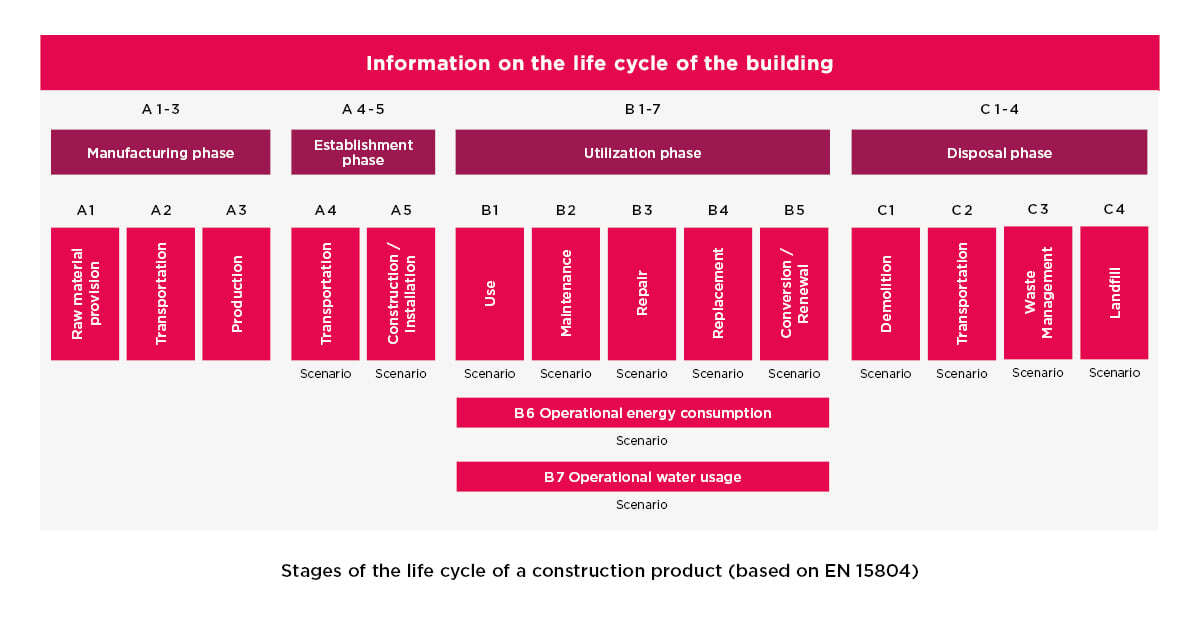Quantitative comparisons make it easier to optimise buildings and communicate their sustainability. Life cycle assessments alone are not enough to comprehensively capture the qualities of a building, but based on scientific methods they are getting more and more important for political decisions and in building assessments worldwide.

As early as the 1970s, attempts were made to present and compare the environmental impacts of different products. Initially, it was packaging materials, for raw material consumption, energy use, material flows, which were collected and calculated over the entire life cycle, but for more than 30 years now, life cycle assessments for building materials, now regulated by the ISO 14000 series of standards, have been prepared at the IBO.
However, whether a building is sustainable cannot be shown with LCA data for a single building material.
A standard-compliant life cycle assessment comprises four phases: the definition of objectives and the scope of the study, the preparation of a life cycle inventory (an inventory of inputs and outputs), the impact assessment and finally the evaluation. These figures are first related to weight, for example to the production of 1 kg of mineral wool or 1 kg of sheep’s wool. This kg of building material causes CO2 and SO2 and other equivalents, which quantify the impacts in various impact categories, such as global warming potential or acidification potential. 36 such environmental parameters are nowadays reported in EPDs (Environmental Product Declarations). There is a lot of leeway in this multitude, usually only recognisable to the experts.
It makes sense to compare variants of a building, for example by using the same U-value for components and then calculating different building materials. The so-called functional unit shows the differences. For example, instead of mineral fibre insulation under a screed construction, a soft wood fibre board may be used, which must be thicker than the mineral fibre, but still performs better ecologically. A comparison of buildings as a whole may then show that in a small building, the concreted basement contributes by far the largest share to the environmental impact.
A tool for the ecological optimisation of buildings

Environmentally responsible building takes into account the best possible thermal insulation, renewable energy sources and ecological building materials. For the evaluation of building materials at the building level, for example, the OI3 calculator offered on the baubook.info platform can be used.
What is assessed?
The Oekoindex OI3 assesses the ecological quality of all materials based on the environmental indicators of global warming potential, acidification potential and the demand for non-renewable primary energy. The OI3 eco-index can be calculated for building materials, structures and entire buildings. As a single figure, the indicator makes a quantitative statement for the potential for global warming, environmental acidification and consumption of non-renewable energy resources.
This not only provides clearly quantifiable variants that help to make decisions for the most sustainable building methods possible, it also earns points in building assessments. The Oekoindex OI3 can be calculated with the free eco2soft web tool. https://www.baubook.at/oekoindex/?SW=35
BNB and DGNB also pay attention to sustainability with the DGNB criterion “Life Cycle Assessment of the Building”.
The aim of the DGNB’s “Life Cycle Assessment of the Building” criterion is consistent life cycle-oriented planning of buildings in order to minimise emission-related environmental impacts and the consumption of finite resources throughout all phases of a building’s life.
The standard-compliant preparation of life cycle assessments, their serious interpretation and the use of key figures have become an indispensable part of building planning, yet these tools are still used far too little. The broader application of life cycle assessments at the building level would in any case bring more clarity to the assessment of sustainable building methods.

Barbara Bauer
Building product management, knowledge dissemination and communication at the Austrian Institute for Building and Ecology IBO.

